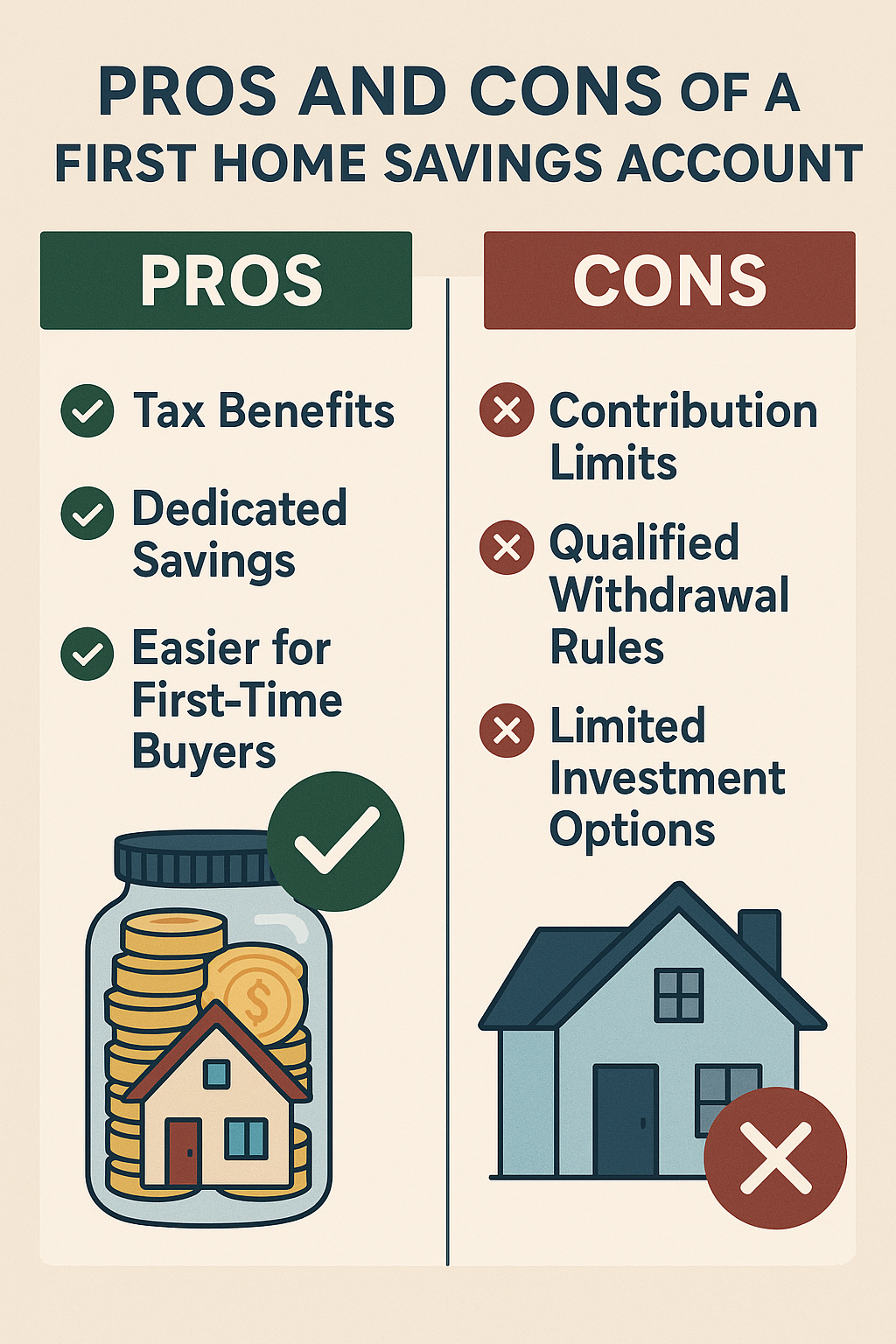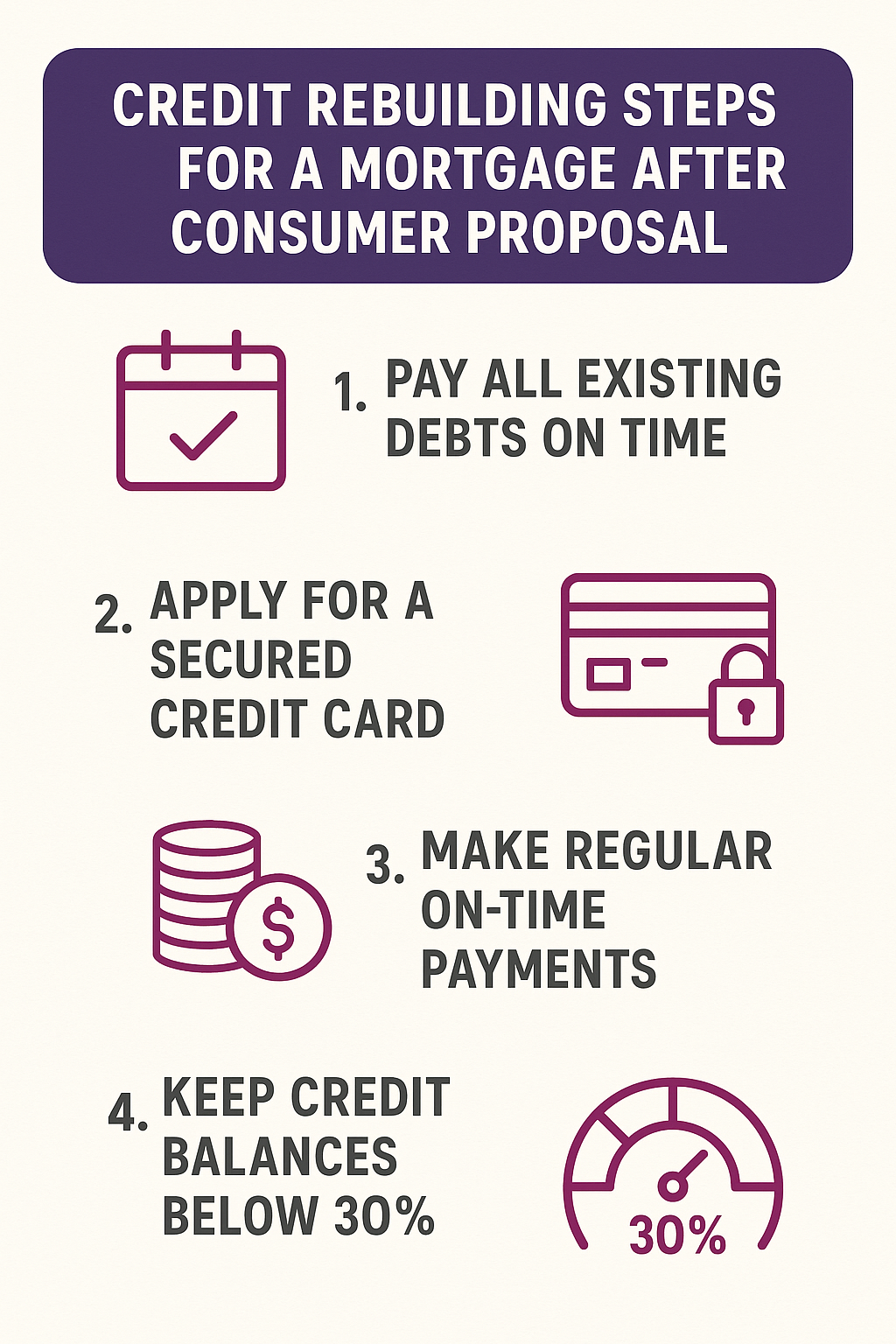Table of Contents
ToggleUnlocking the First Home Savings Account (FHSA): Powerful Benefits and Potential Drawbacks for Canadian Homebuyers
The First Home Savings Account (FHSA) is a game-changer for first-time homebuyers in Canada. Launched in 2023, this innovative registered savings account combines the best features of both RRSPs and TFSAs to help Canadians save for their first home faster and more efficiently. But like any financial tool, it comes with both advantages and limitations.
In this blog, we’ll explore the pros and cons of the FHSA, who it’s best suited for, and how to make the most of it if you’re planning to buy your first home in Canada.
What is the First Home Savings Account (FHSA)?
The First Home Savings Account is a registered savings plan designed to help Canadians save up to $40,000 tax-free toward the purchase of their first home. Contributions are tax-deductible, like an RRSP, and withdrawals for a qualifying home purchase are tax-free, like a TFSA.
Key Features:
-
Annual contribution limit: $8,000
-
Lifetime contribution limit: $40,000
-
Contributions are tax-deductible
-
Investment growth and withdrawals are tax-free when used to buy a first home
-
Unused contributions can be carried forward
-
Funds must be used within 15 years of opening the account or by age 71
Pros of the First Home Savings Account
1. Tax-Deductible Contributions
Just like an RRSP, any money you contribute to an FHSA reduces your taxable income for the year. For example, if you earn $75,000 and contribute $8,000 to your FHSA, you’re only taxed on $67,000 of income. This can result in significant tax savings every year you contribute.
SEO Keyword: tax advantages of FHSA
2. Tax-Free Growth and Withdrawals
Once inside the FHSA, your investments—whether in stocks, mutual funds, ETFs, or GICs—can grow tax-free. And if you withdraw the funds to buy a qualifying home, you won’t pay any taxes on the withdrawal. This unique combination of tax-deductible contributions and tax-free withdrawals is unmatched by other registered accounts in Canada.
3. Combines the Best of RRSP and TFSA
The FHSA merges the tax deduction power of the RRSP with the tax-free withdrawal benefits of the TFSA, offering the most comprehensive savings advantage for homebuyers to date. It’s a win-win for those who qualify.
4. Can Be Used With the Home Buyers’ Plan (HBP)
The FHSA does not replace the RRSP Home Buyers’ Plan (HBP). In fact, you can use both programs together. This means a first-time buyer can withdraw up to $40,000 from their FHSA and $35,000 from their RRSP under the HBP, for a total of $75,000 in down payment support.
5. Flexible Investment Options
You can invest your FHSA funds in a wide range of qualified investments, including ETFs, mutual funds, individual stocks, and GICs, depending on the financial institution. This gives you the flexibility to grow your money based on your risk tolerance and timeline.
6. Unused Contributions Can Be Transferred to an RRSP
If you don’t end up buying a home within 15 years, you can transfer the FHSA balance into your RRSP or RRIF without tax consequences, provided you have the contribution room. This avoids penalties and allows you to continue deferring taxes on the funds.
Cons of the First Home Savings Account
1. Strict Eligibility Requirements
Only Canadian residents aged 18 to 71 who are first-time homebuyers can open an FHSA. To qualify, you must not have lived in a home you owned in the current year or the previous four calendar years. This excludes many people, especially if you previously owned a home and are re-entering the market.
2. Limited Contribution Room
While $8,000 annually and $40,000 in total may sound substantial, in many real estate markets like Toronto or Vancouver, it still represents a small fraction of a down payment. For some, the FHSA may not move the needle much unless paired with other programs or savings.
3. Funds Must Be Used Within 15 Years
You need to use the FHSA within 15 years of opening the account, or by the end of the year you turn 71—whichever comes first. If not used for a home, you’ll need to transfer the funds to an RRSP or RRIF, which may or may not fit your long-term plan.
4. Non-Qualifying Withdrawals Are Fully Taxable
If you withdraw FHSA funds for anything other than purchasing a qualifying home, the withdrawal is considered fully taxable income. This can result in an unexpected tax bill if you’re not careful about how and when you access the funds.
5. Not Retroactive
The FHSA only applies to funds contributed after its creation in 2023. You can’t retroactively apply it to past home purchases or savings efforts. For those who already bought a home before 2023 or saved aggressively in other accounts, it doesn’t offer any benefit.
6. Must Buy a Home in Canada
To qualify for tax-free withdrawal, the property must be located in Canada and intended as your principal residence within one year of purchase. If your plans change or you want to invest in a foreign property, the FHSA can’t help.
Who Should Use the FHSA?
The FHSA is ideal for:
-
Young Canadians saving for their first home
-
Recent graduates starting their careers
-
Those currently renting with long-term plans to buy
-
Canadians who want to lower their tax bill while saving
However, it may not be suitable for those who:
-
Already own or recently owned a home
-
Are unsure if they’ll buy within 15 years
-
Plan to buy outside of Canada
-
Don’t have extra room to contribute beyond their TFSA or RRSP
FHSA vs RRSP vs TFSA for Home Savings: A Quick Comparison
| Feature | FHSA | RRSP (HBP) | TFSA |
|---|---|---|---|
| Tax-Deductible Contributions | ✅ Yes | ✅ Yes | ❌ No |
| Tax-Free Withdrawals | ✅ Yes (for home) | ✅ Yes (if repaid) | ✅ Yes |
| Repayment Required | ❌ No | ✅ Yes (within 15 years) | ❌ No |
| Annual Limit | $8,000 | 18% of income (up to $31,560 for 2024) | $7,000 (2024) |
| Lifetime Limit | $40,000 | $35,000 for HBP | None |
| Must Buy a Home? | ✅ Yes | ✅ Yes | ❌ No |
| Age Limit | 18–71 | Up to 71 | None |
Final Thoughts: Should You Open an FHSA?
If you’re a Canadian resident saving for your first home, the First Home Savings Account is an excellent tool with unmatched tax benefits. It can accelerate your path to homeownership while providing a boost at tax time.
However, be aware of the limitations, such as strict eligibility criteria and time constraints. The FHSA should be used in combination with other savings vehicles, such as the TFSA, RRSP, or even joint savings accounts with a partner.
Before making a move, consider speaking to a mortgage broker to ensure you’re using the right tools for your goals.
- How to Get a Personal Loan Secured by Home in Canada in 2025 - November 17, 2025
- Debt Consolidation vs. Consumer Proposal in Ontario: Here are 7 Helpful Facts - November 13, 2025
- 9 Creative Ways to Use Home Equity in Canada - November 11, 2025






